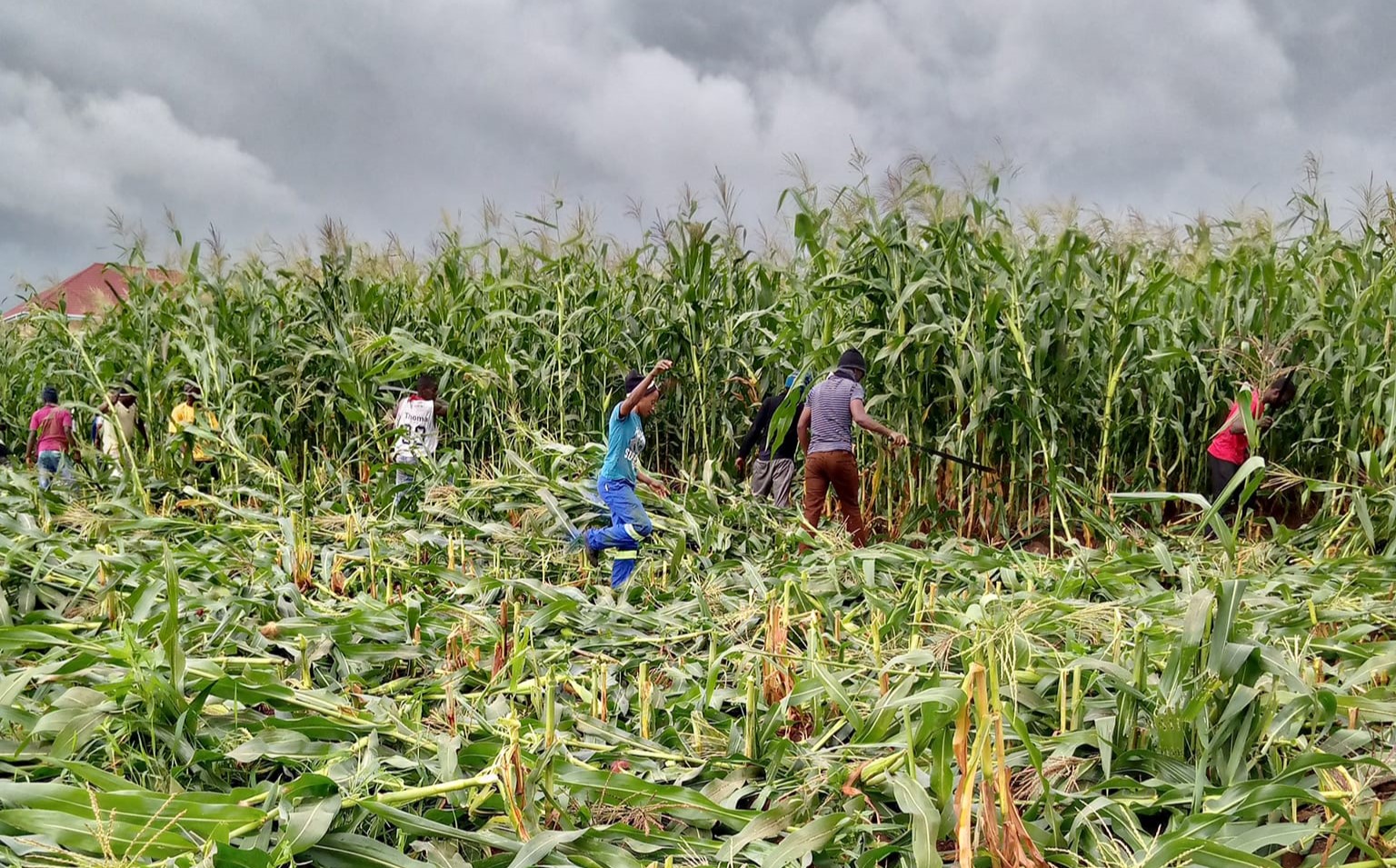The economy will bite, hard
On February 18 2022, Finance and Economic Affairs Minister Sosten Gwengwe told Parliament that he has built this year’s national budget—whose fiscal year started on April 1—on, among others, the underlining assumption that during 2022-23, the policy rate will be stable at 12 percent.
Yet, barely one month of implementing his maiden budget and roughly 10 weeks after issuing that statement; would it appear that Gwengwe was dead wrong.
And with that miscalculation, his fiscal consolidation drive—as this paper predicted in its analysis of the minister’s budget statement—has just hit a speed bump.
Moreover, coming just a month into the new fiscal year, the wrong prognosis tells more about the viability of this year’s financial plan than his 55-page budget speech. This week, the Monetary Policy Committee of the Reserve Bank of Malawi raised the policy rate by around 16.7 percent from 12 to 14 percent after noting that the fiscus’ other major underlining assumption—that the inflation rate would average 9.1 percent during the current fiscal year—is just not attainable.
Inflation keeps soaring on the back of sharp rises in both food and non-food inflation. Imported inflation, in part triggered by the fall of the value of the Malawi kwacha, is sparking higher prices, further feeding into the accelerated inflationary trajectory.
The RBM’s move this week also signals a shift from the accommodative policy stance it green-lighted in November 2020 when it slashed the policy rate from 16 percent to 12 percent, which, until this week, was a near 10-year low.
That dovish decision of 18 months ago was largely meant to prop up the domestic economy and support its recovery from the doldrums of the Covid-19 pandemic.
The Monetary Policy Committee has maintained the other tools at its disposal at the same levels, including the Liquidity Reserve Requirement (LRR) ratio on domestic and foreign currency denominated deposits at 3.75 percent; and the Lombard rate at 20 basis points above the policy rate.
But with inflation pressures mounting—and these forces are not as transitory as the central bank earlier believed and unlikely to dissipate any time soon—it is really a matter time before the other LRR and the Lombard rate jump as well.
The Reserve Bank’s move also sends another signal—that they are anticipating the central government to borrow and spend heavily over the next few months, a move they know will infuse money supply growth at a time of sluggish economic activity in the real sector.
Since 2019, the government budget deficit has risen sharply, surging from 4.7 percent of gross domestic product (GDP) to around eight percent currently, nearly double what it used to be four years ago.
Overall expenditure is just a kiss away from reaching the highest level allowable, which is 25 percent of GDP pushed by unsustainably high public sector wages, interest payments on a massive public debt that is still on the rise and agricultural inputs subsidies that, if maintained, will only get more expensive for government.
Probably the biggest irony is that all these huge deficits are largely being funded through domestic borrowing and the central bank has just made it more expensive for the central government to borrow and service its debts.
The other irony is that the increase in interest rates will not deter Capital Hill—they will still borrow, heavily, from the domestic market; squeezing out the private sector and making it harder for businesses to sustain themselves, let alone expand.
As a result, economic growth, which Gwengwe expects to grow by 4.1 percent this year from 2.4 percent last year, could in fact decelerate even, God forbid, slide into negative territory especially considering tropical storms, dry spells, a botched inputs subsidy programme and high fertiliser prices will sharply subdue growth prospects. With disruptions to global supply chains persisting not only because of Covid-19 but also the war Russia is waging in Ukraine, Malawian major exports such as tobacco and tea will find it harder to find its way to international markets assuming demand will be high enough in these troubled global times.
Gwengwe, of course, believes that the huge capital outlays through economic recovery measures being implemented through the Socio-Economic Recovery Plan and anticipated growth mining and quarrying, manufacturing, transportation, construction, and wholesale and retail trade sectors will inject the 4.1 percent growth.
Unfortunately, I have little faith in Gwengwe’s forecasting.




One Comment